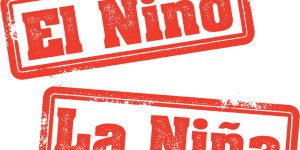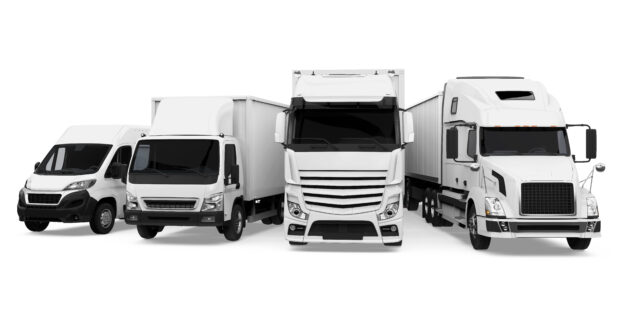The hyperconnection between people, machines and organizations is a pervasive megatrend that characterizes our society in any aspects, at any level, in any part of the world.
Executive Summary
If a carrier assumes that a telematics proposition is the same for personal auto customers as it is for commercial, or the same for all shapes and sizes of commercial customers, they run a high risk of failure in launching telematics capabilities, according to Nationwide AVP Pete Frey and CM Guest Editor Matteo Carbone. After giving some background on the slow growth of connected devices generally, Frey and Carbone describe what's needed for successful execution of telematics programs—leadership commitment to building a business capability, not a program—and an organizational effort of shared learnings. This is what Nationwide Insurance is doing in leveraging knowledge from personal auto insurance successes to a commercial auto insurance business transformation, while also being mindful of differences in customer and distribution channels to marry value propositions to specific customer needs.The Internet of Things (IoT)—or smart connected products that connect people and objects to the Internet, allowing remote transmission and usage of the information about these things and people—is one of the key technologies in this evolution.
Sociologist Barry Wellman made the first observation about personalized networking in his writings in the early years of the millennium. (See, for example, “Physical Place and Cyber Place: The Rise of Networked Individualism,” Wellman, 2001, International Journal of Urban and Regional Research)
Over a decade later, Harvard Business Professor Michael E. Porter and James E. Heppelmann, CEO of industrial software maker PTC, wrote about how information technology was revolutionizing products from cars to industrial equipment, with “smart connected products” forcing companies to rethink how they compete to win customers and deliver value. (“How Smart Connected Products Are Transforming Competition,” by Porter and Hepplemann, Harvard Business Review, 2014)
Where are we now?
There are many different statistics about the IoT market size—each with different criteria and methodology—ranging from 10 billion and 22 billion connected devices present at the end of 2020. These are impressive numbers, but they are less than half of the 50 billion connected devices for 2020 predicted by CISCO and Ericsson 10 years ago. There have been important success stories, but the business transformation necessary to obtain value from IoT at a general level by a large portion of the players in any industry is much more difficult than originally imagined.




































